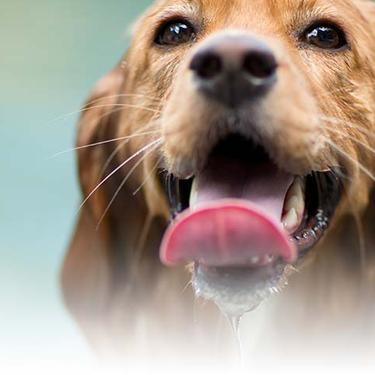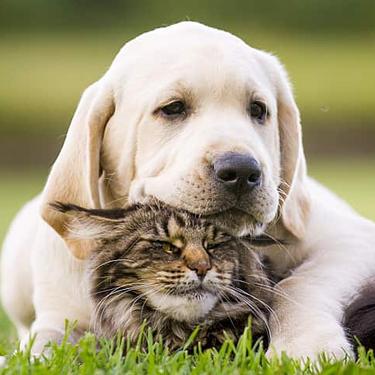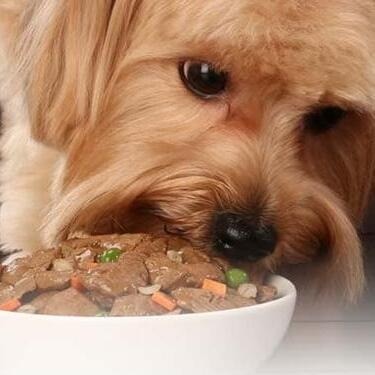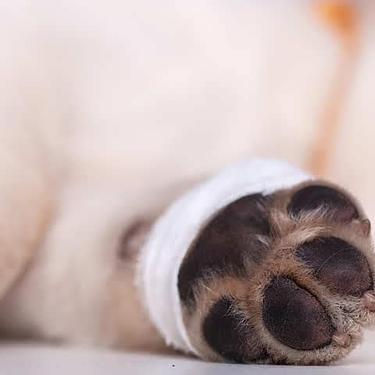
-
Find the right food for your petTake this quiz to see which food may be the best for your furry friend.Find the right food for your petTake this quiz to see which food may be the best for your furry friend.Featured products
 Puppy Large Breed Chicken & Brown Rice Recipe
Puppy Large Breed Chicken & Brown Rice RecipeVital nutrients to support 5 essential building blocks for lifelong health
Shop Now Puppy Lamb Meal & Brown Rice Recipe
Puppy Lamb Meal & Brown Rice RecipeVital nutrients to support 5 essential building blocks for lifelong health
Shop Now Hill's Science Diet Adult 7+ Senior Vitality Small & Mini Chicken & Rice Recipe Dog Food
Hill's Science Diet Adult 7+ Senior Vitality Small & Mini Chicken & Rice Recipe Dog FoodImproves everyday ability to get up & go
Shop NowFeatured products Adult 7+ Chicken Recipe Cat Food
Adult 7+ Chicken Recipe Cat FoodSupports energy level and beautiful fur in mature cats
Shop Now Adult Sensitive Stomach & Skin Cat Food
Adult Sensitive Stomach & Skin Cat FoodHighly digestible food that is gentle on the stomach. Nourishes skin & promotes lustrous fur.
Shop Now Adult Indoor Chicken Recipe Cat Food
Adult Indoor Chicken Recipe Cat FoodSupports energy level and beautiful fur in indoor cats
Shop Now -
Dog
- Dog Tips & Articles
-
Health Category
- Weight
- Food & Environmental Sensitivities
- Urinary
- Digestive
- Joint
- Kidney
-
Life Stage
- Puppy Nutrition
- Adult Nutrition
Cat- Cat Tips & Articles
-
Health Category
- Weight
- Skin & Food Sensitivities
- Urinary
- Digestive
- Kidney
-
Life Stage
- Adult Nutrition
Featured articles Water
WaterDiscover why water is the most important nutrient for your dog or cat to live a healthy life. Find out how much water your pet should consume each day.
Read More The Incredible Science Behind Your Pet's Microbiome
The Incredible Science Behind Your Pet's MicrobiomeLearn what a pet's microbiome is, how it contributes to your pet's gut & overall health, and why nutrition is important in maintaining healthy microbiomes.
Read More Pet Food Storage Tips
Pet Food Storage TipsDiscover how and where to store your dry, as well as canned, dog and cat food. Learn how to find the "best before" dates on all Hill's pet food packaging.
Read More -


You've read all the guides on how to house train your puppy, and you're seeing success. Yet, there are still accidents happening, and you're ready to fast-track his progress. You're looking for house training hacks you can implement along with the regular potty training tips you've already put in practice. Check out these five tips to help your puppy finally get the hang of bathroom time.
1. Attach Bells to the Door
Not only should you train your puppy to relieve himself outside, but you should also train him to signal to you that he's ready to do so. By hanging bells from your doorknob, you're giving your pet a tool to nudge with his nose or bat with his paw whenever he wants to go outside and use the bathroom.
2. Designate a Potty Spot
Accidents happen when your puppy is confused about where he should relieve himself. New puppies and newly adopted dogs were just taken out of a familiar environment and are now being asked to follow the rules in a world that's new to them. To accelerate any potty training progress, keep the potty spot in one designated area. For instance, don't simply let your pup out into the yard. Lead him to one specific corner of grass. Or, if you're potty training with puppy pads in a high-rise apartment, keep the pad in the exact same location every time.
3. Choose a Bathroom Word
Verbal cues help alert your puppy that it's time to use the bathroom, so pick a word or phrase and use it consistently every time you bring him to his potty spot. Phrases can include, "Go ahead" or "Do your business." Using the bell in conjunction with the bathroom word is helpful, because the bell gives your puppy the power to alert you when he needs to go. The bathroom word is your reminder to your dog that it's important to relieve himself where you'd like him to.
4. The Belt Tug
Let's face it, if you're far away from your pup, you won't notice the signs your he is giving to let you know he has to relieve himself. But, how can you keep him close enough to you when you have many tasks throughout the house to accomplish. Simple. Keep him on a long leash or lead and loop the end of it to your belt. You'll always be within twenty feet (or less) of each other, and when he jumps up from a nap or begins to whine or pace, you can practice your potty training routine immediately. Just make sure to keep in mind that puppies have a mind of their own and may run circles around a table leg, so make sure to check and make sure the leash is free and clear for you both to move throughout the house safely.


Tasty Tips
5. Move Closer to the Door
If your puppy is doing well with training, yet can't stop occasional accidents or using a potty pad, move the pad (or your pet) closer and closer to the door. Pad training is easier. Every time your pet uses one, move it a few feet nearer to the door and eventually it will be near the door, where you can reinforce using the bell. If the accidents are happening in random spots, keep moving him closer to the door. To do so, you may need to close doors to some rooms or set up a baby gate to remove his access to certain areas.
Your furry friend will give you signs that he needs to relieve himself, but learning how to house train your pet with these puppy training hacks will help you skyrocket his chances for success.


Amy Shojai, is a certified animal behavior consultant, and nationally known authority on pet care and behavior. She began her career as a veterinary technician and is the award-winning author of more than 35 prescriptive nonfiction pet books.
Related products

Improves everyday ability to get up & go

Vital nutrients to support 5 essential building blocks for lifelong health

Vital nutrients to support 5 essential building blocks for lifelong health

Improves Everyday Ability to Get Up & Go
Related articles

Learn how to stop your dog from begging at the dinner table, and understand how it can help contribute to his health.

Understand the role that Omega-6 and Omega-3 fatty acids play in your dog's overall health, and how you can ensure they are getting enough.

Discover fun and engaging games and other ways to help your dog exercise, keeping him happy and healthy.

Learn basic steps & precautions for treating a cut on your dog, including what you can put on the cut, and when you should take them to the vet.

Put your dog on a diet without them knowing
Our low calorie formula helps you control your dog's weight. It's packed with high-quality protein for building lean muscles, and made with purposeful ingredients for a flavorful, nutritious meal. Clinically proven antioxidants, Vitamin C+E, help promote a healthy immune system.
Put your dog on a diet without them knowing
Our low calorie formula helps you control your dog's weight. It's packed with high-quality protein for building lean muscles, and made with purposeful ingredients for a flavorful, nutritious meal. Clinically proven antioxidants, Vitamin C+E, help promote a healthy immune system.


